Sotheby’s laid down a marker in the Middle East on Saturday evening by hosting Saudi Arabia’s first major art auction.
The results were like the two-part evening sale’s lineup: a mixed bag. The house took in $17.3 million (estimate: $14 million–$20 million) across 117 lots, with works of fine art, luxury objects, and sports memorabilia among them. However, the value of the house’s foray into the desert kingdom was never going to be confined to the depth of bidding alone. The historic outdoor auction served as a portal into the Saudi art and luxury markets (terra incognita for international auction houses), and it will be appraised against the long-term success of Sotheby’s in the country.
The house put on a slick, spectacular show under the Arabian stars and spared no expense. The 300 or so people in attendance, including a handful of royals, looked impressed.
Titled “Origins,” the auction was held in an amphitheatre on Bujairi Terrace in the hyper-gentrified town of Diriyah, the original home of the Saudi royal family. It’s a 15-minute drive west of the capital, Riyadh.
The place is now a luxury oasis of high-end restaurants, plush shops, manicured parks, and the refurbished remains of At-Turaif, a UNESCO World Heritage site. Diriyah is the poster child for Crown Prince Muhammed bin Salman’s Saudi Vision 2030 project, which is aiming to wean the economy off oil by boosting tourism, culture, and the private sector.
When Sotheby’s announced the lots for “Origins” last month, it was clear the tentative fusion of art and objects was an acid test for Saudi taste. They included Western and Islamic contemporary and modern art, Rolex watches, Bulgari rings, Hermes handbags, and Cristiano Ronaldo’s game-worn soccer jerseys. With a third of lots sold to local buyers, and a third of bidders under 40, the house now has some useful preference data to crunch. Sotheby’s next sale in Saudi Arabia will be more refined.
This is why Julian Dawes, Sotheby’s head of Impressionist and modern art in New York, described Saturday as a “fact-finding mission.”
“We’re testing the waters. This is a marathon. No matter the result, we’ll come back smarter,” he told ARTnews as the sky quickly blackened a couple of hours before the action.
Sotheby’s wasn’t the only house taking notes on the night. Nour Kelani, Christie’s newly appointed managing director for Saudi Arabia, was talking to a group in a hushed voice on the sidelines.
One lesson Sotheby’s learned as the arid air chilled on Saturday night is that the locals didn’t have much appetite for the shiny rocks and handbags on offer. During the second half of the sale, around half of the 28 jewelry lots passed, while 8 of the 17 bags also failed to find a home.
This was a curveball given the Gulf region’s booming luxury market. But Sotheby’s is playing the long game; any disappointment felt by the luxury department at the end of play on Saturday is likely to be soothed by lasting gain in the region. Forging relationships with new clients (some of them royals), fortifying ties with existing ones, and building trust were objectives for Sotheby’s. The top brass and heads of department who had flown out from New York, London, Dubai, and Geneva went on a charm offensive.
“Origins” coincided with Sotheby’s opening an office in Riyadh in the Al Faisaliah Tower, the first skyscraper in the country and designed by Norman Foster.
“The last two weeks in Saudi were a great opportunity to reconnect with our existing clients and meet many more new potential clients on the ground,” Edward Gibbs, Sotheby’s Middle East and India chairman, told ARTnews. “Though our focus was on our inaugural auction, private sales work very well in tandem, and so we are sure that organically this additional exposure will also benefit that arm of our business.”
(In 2024, the house’s private sale department grew by almost 20 percent to $1.4 billion, the second-highest total in its history. This is helping Sotheby’s to offset its public auction performances.)
The pre-sale exhibition, also in Diriyah, saw almost 2,500 visitors and the panel discussions more than 700 people. “This week was one of our busiest pre-sale exhibitions, with masterclasses every day and the luxury panel discussions oversubscribed on every occasion,” Jessica Wyndham, who heads up Sotheby’s jewelry department in Geneva, told ARTnews. “We met a huge number of people in the kingdom who are passionate about luxury who we hadn’t encountered before. When it came to the offering of the sale, we brought a range of what the broad definition of ‘luxury’ can encompass. It was a fascinating experience to then be on the rostrum, and gauge where the demand lies.”
There was solid desire for rare watches. An iconic Cartier “Crash” sold for almost $230,000 and a “Paul Newman Musketeer” Daytona Rolex went for $240,000. Vincent Brasesco, Sotheby’s top watch specialist and director of digital strategy, showed me some of the watch lots before the sale. I’m sure his eloquence helped move the six out of 10 watches that sold.
The big auction houses are seeing their luxury buyers increasingly delve into the art market. There’s a chance these watch buyers will flirt with paintings in the future, if they’re not already.
Speaking of art, paintings and a few sculptures made up the first part of the sale. Oliver Barker, Sotheby’s chief auctioneer and Europe chairman, expressed relief when the 250 seats set among the palm trees on Diriyah’s Bujairi Terrace were almost full for the 8 p.m. kick-off. A further 50 or so people were standing. After a dramatic performance by a Saudi opera singer, he paid homage to the Saudi royals King Salman bin Abdulaziz Al Saud and Prince Mohammed bin Salman bin Abdulaziz, and set to work.
The air was thick with perfume; the audience was glamourous. The first few lots raced out the traps. Abdulhalim Radwi’s striking untitled painting sailed past its estimate for $264,000. Aref Rayess’s Desert Series work followed suit ($108,000), and Saloua Raouda Choucair’s wooden sculpture, Secret of the Cube, did the same, selling for $144,000. Lot 6, Samia Halaby’s abstract painting, then almost doubled it high estimate of $200,000. Demand for Middle Eastern artists was fierce.
American artist James Turrell’s meditative light painting then went for $660,000 (high estimate $180,000). Sotheby’s had set it up in the pre-sale exhibition at a cost of $30,000, and could now rest easy that it had sold.
Sotheby’s announced a couple of weeks ago that “Origins” would be the world’s first live sale of physical works to accept cryptocurrency. Before the auction, Ashkan Baghestani, Sotheby’s vice president and head of sale, told ARTnews, “Within the Gulf, crypto is making a lot of noise.”
The house told me that Lot 10, Refik Anadol’s generative AI data work, Machine Hallucinations – Space | Chapter II: Mars, which sold for $900,000 (high estimate $1.2 million), was paid for in crypto.
A call to prayer rang out over Diriyah after Lot 22, bringing the drama to a temporary stop. When it resumed, three works by Fernando Botero, Banksy, and René Magritte all sold for over $1 million to gentle applause. A Pablo Picasso drawing was bought for three times its estimate ($204,000), but Botero’s nude bronze sculpture failed to sell. Perhaps it was not suited to local sensibilities, as it was the only artwork featured nudity in the sale.
All four works by Saudi artists exceeded their estimates, selling for a combined $1.1 million.
After the gavel came down for the final time, Baghestani, who took several winning bids from the phone, told ARTnews that he was “delighted” with the result. “We broke records for Arab artists Abdul Halim Radi and Louay Kayyali [his poignant painting of Palestinian refugees sold for $900,000], and it was great to see participation in the room from new and existing local collectors,” he said.
Edward Gibbs was also “delighted” and told ARTnews the sale was a “learning curve” that will enable Sotheby’s to determine where the demand lies in Saudi Arabia.
Sotheby’s CEO, Charlie Stewart, was beaming post-sale. “We feel very validated about investing here,” he told me. The house now has a firm foothold in Saudi Arabia, and Sotheby’s will return to the desert wiser.

The post “Sotheby’s Establishes a Foothold in Saudi Arabia After Hosting the Kingdom’s First Major Auction” by George Nelson was published on 02/10/2025 by www.artnews.com



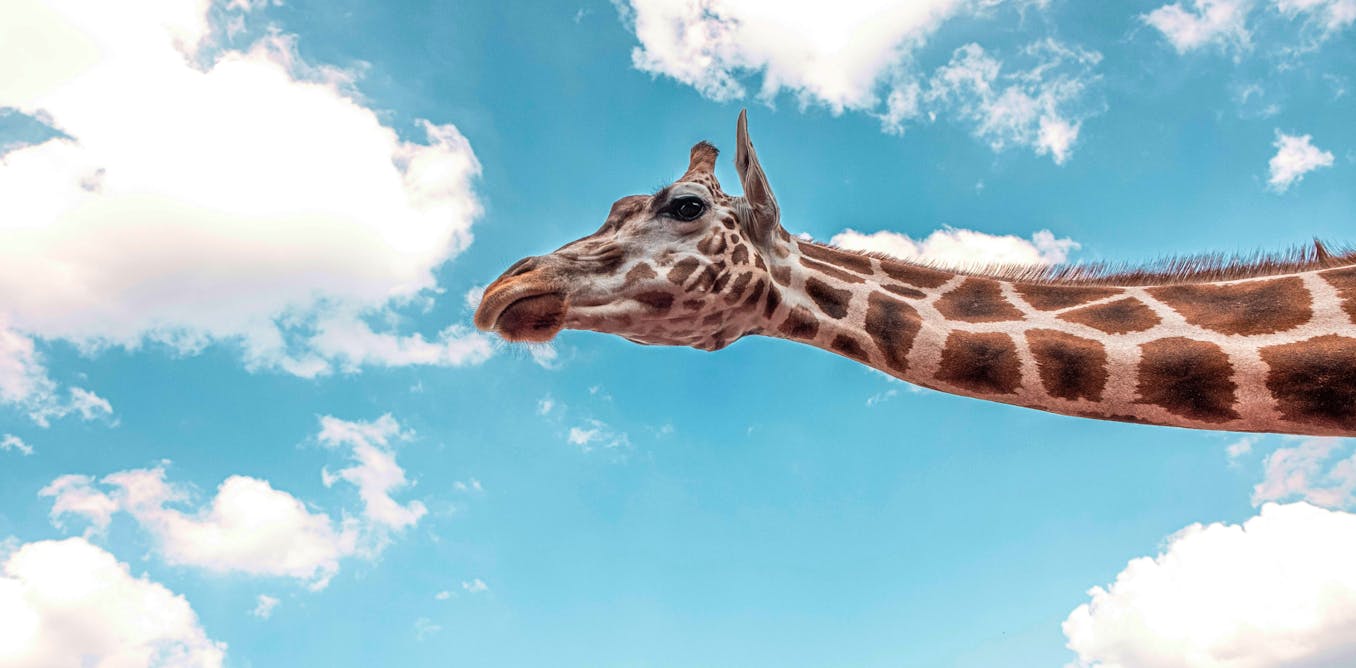



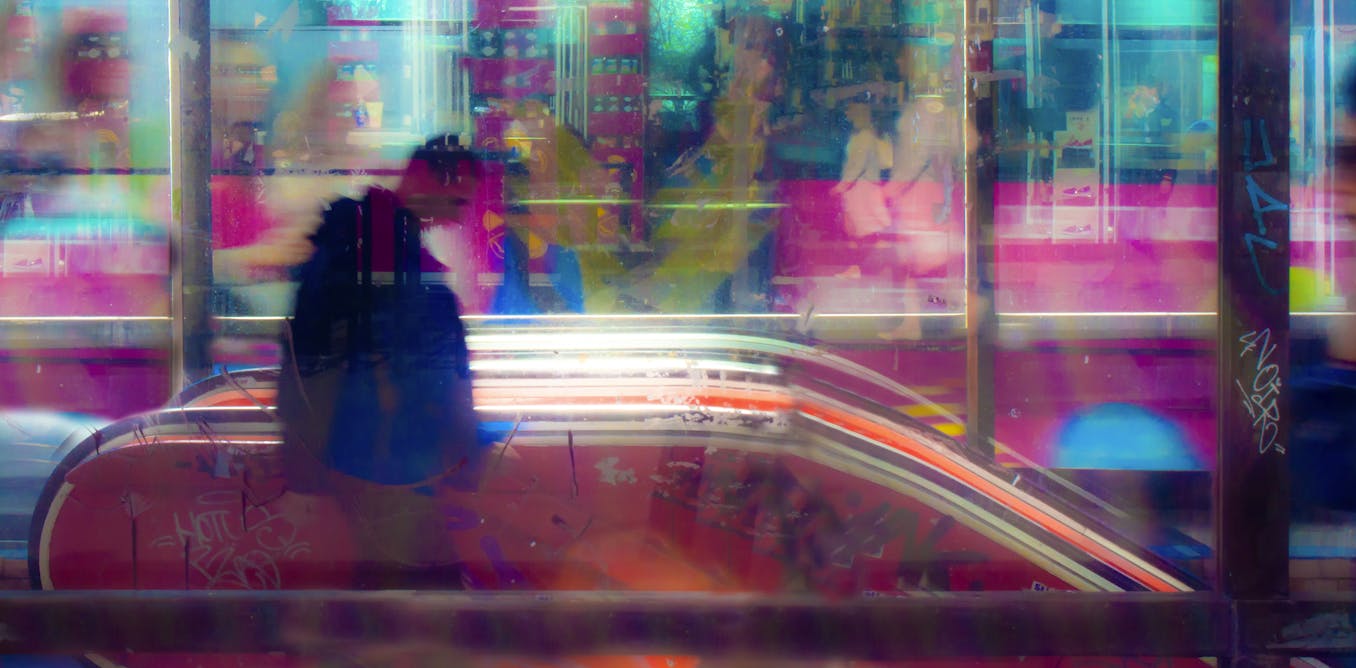
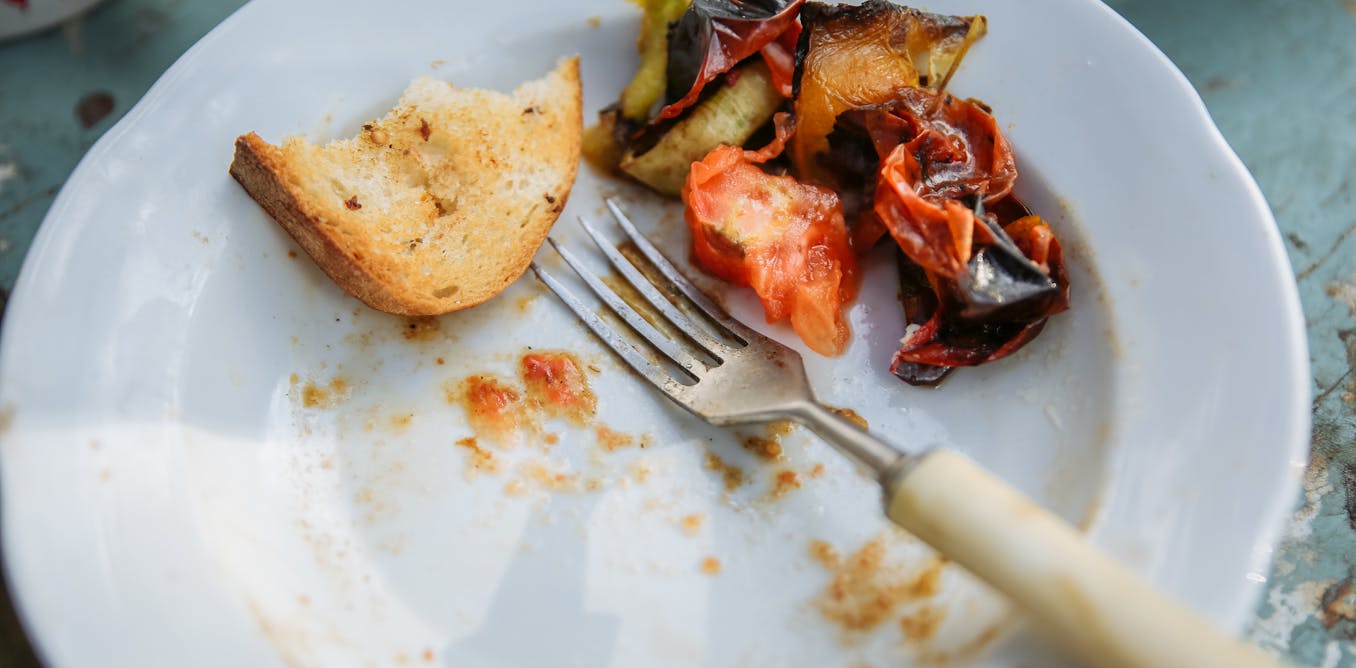

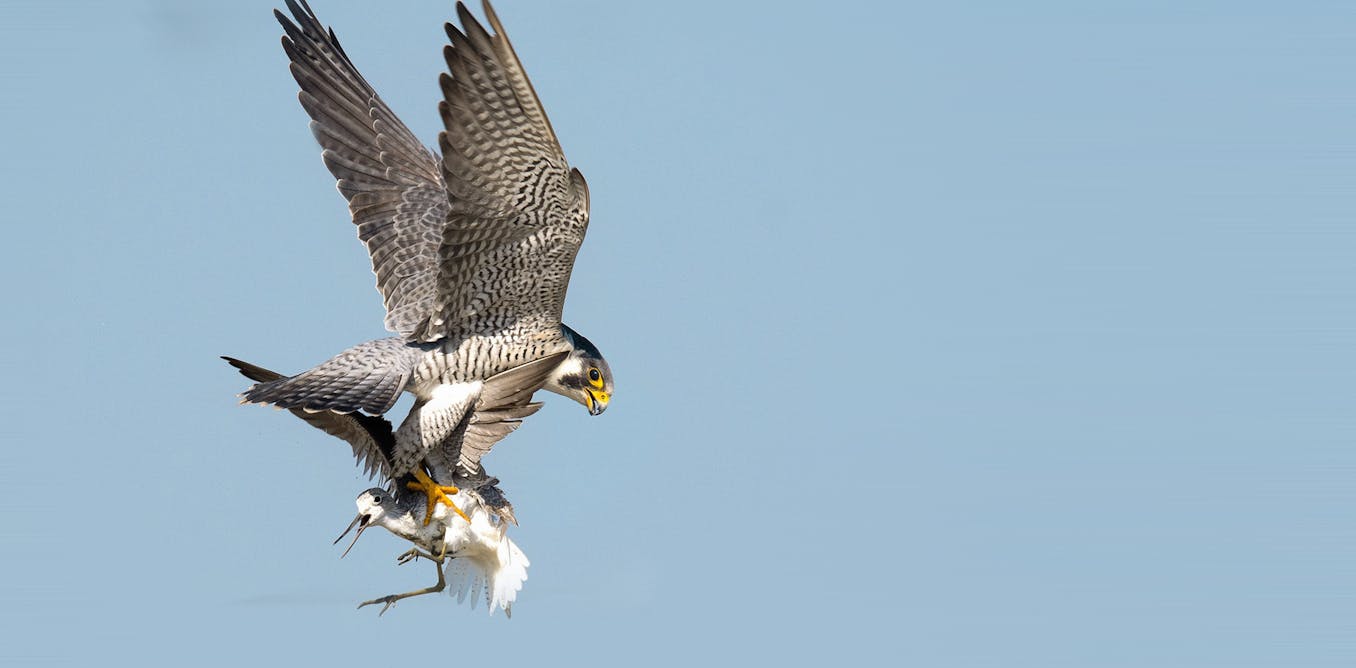
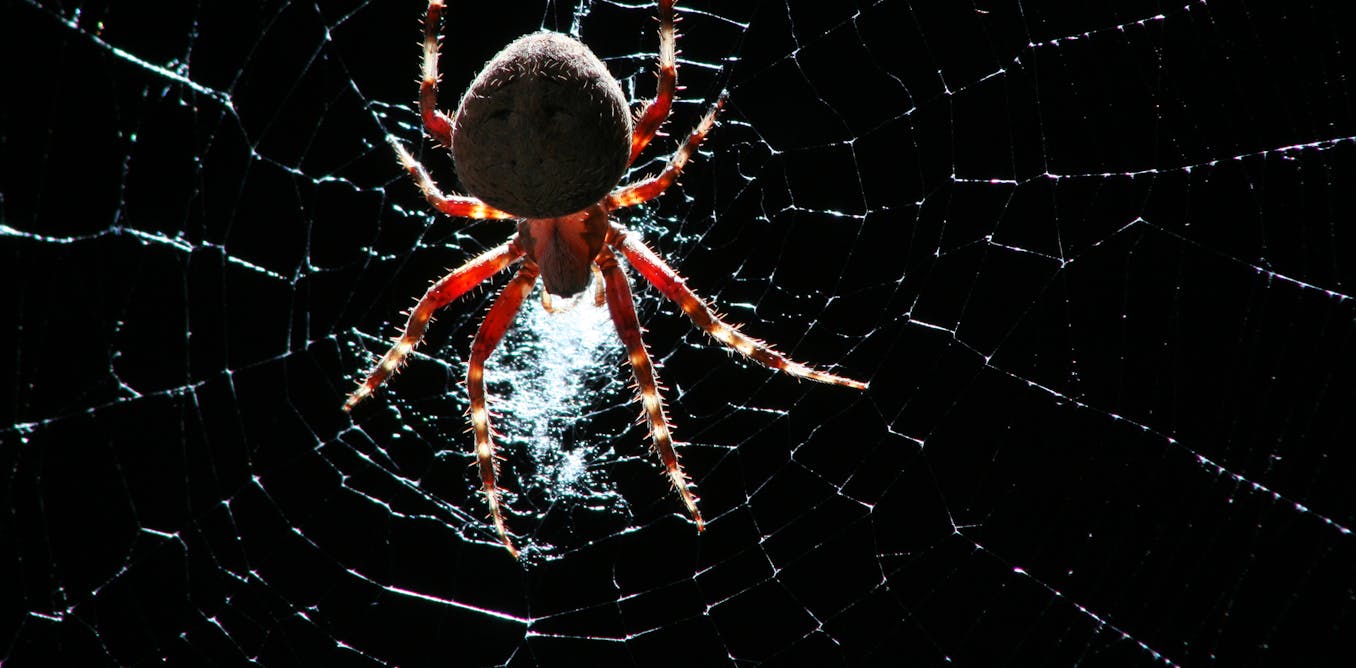
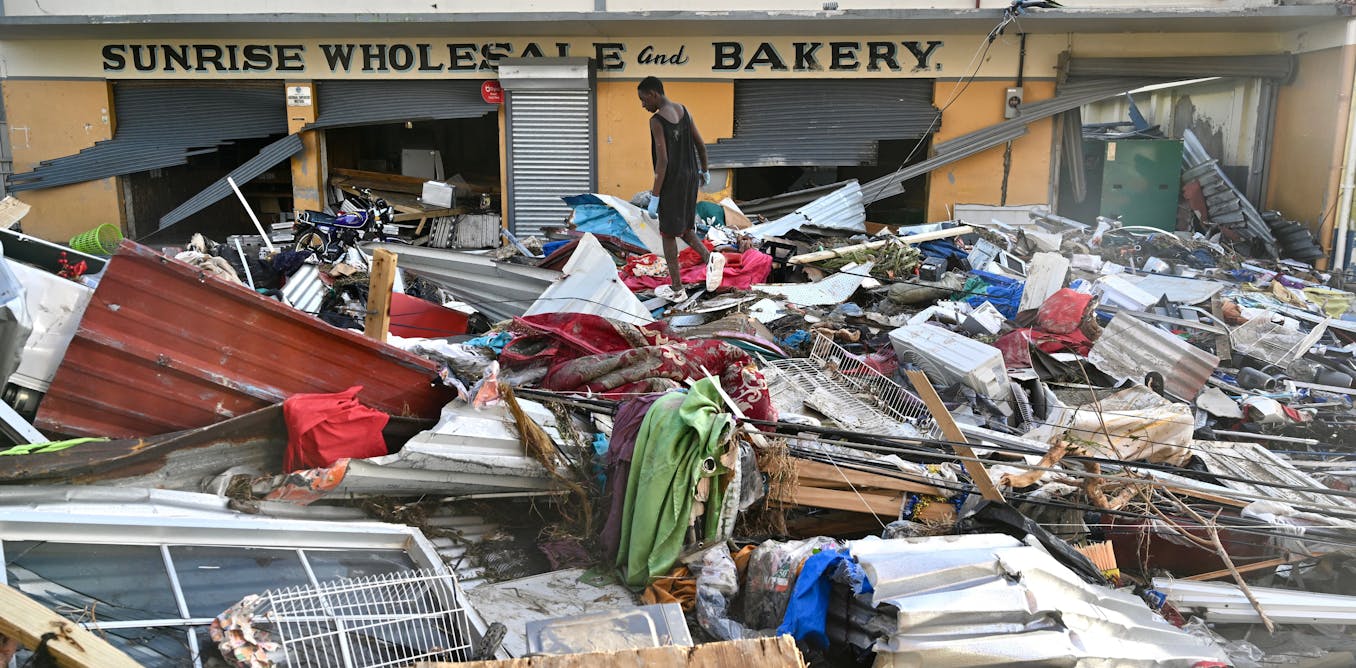
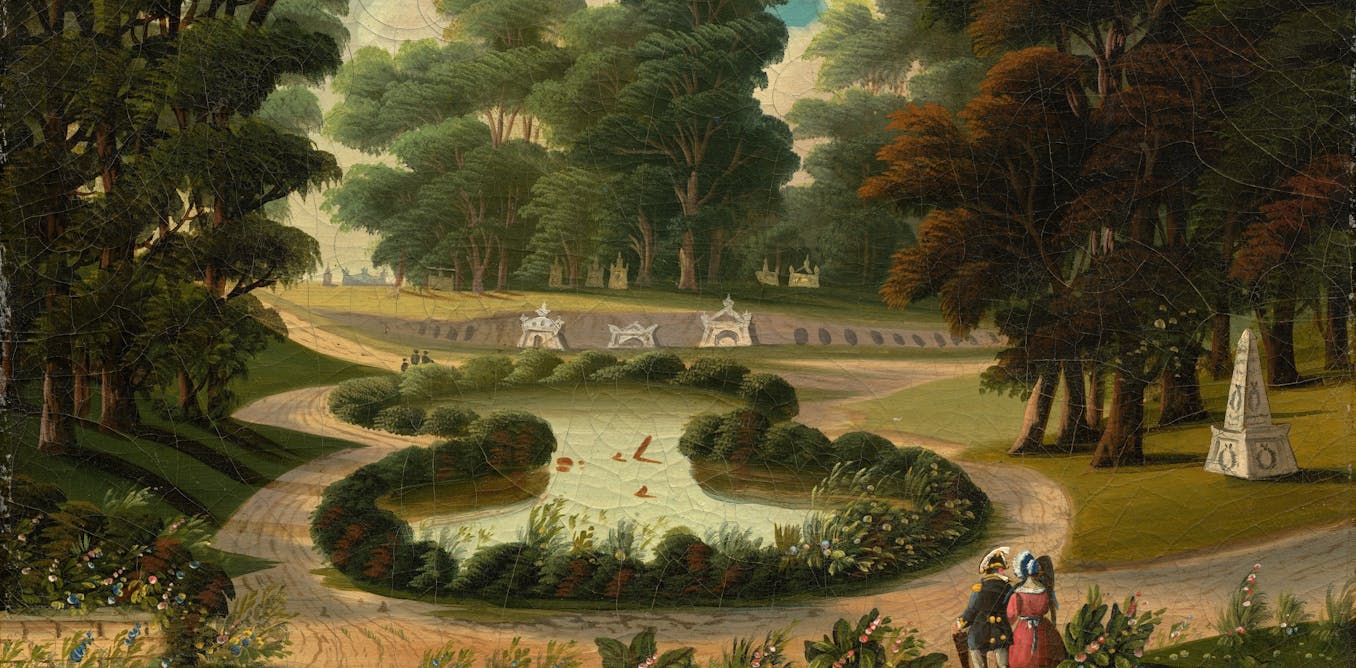












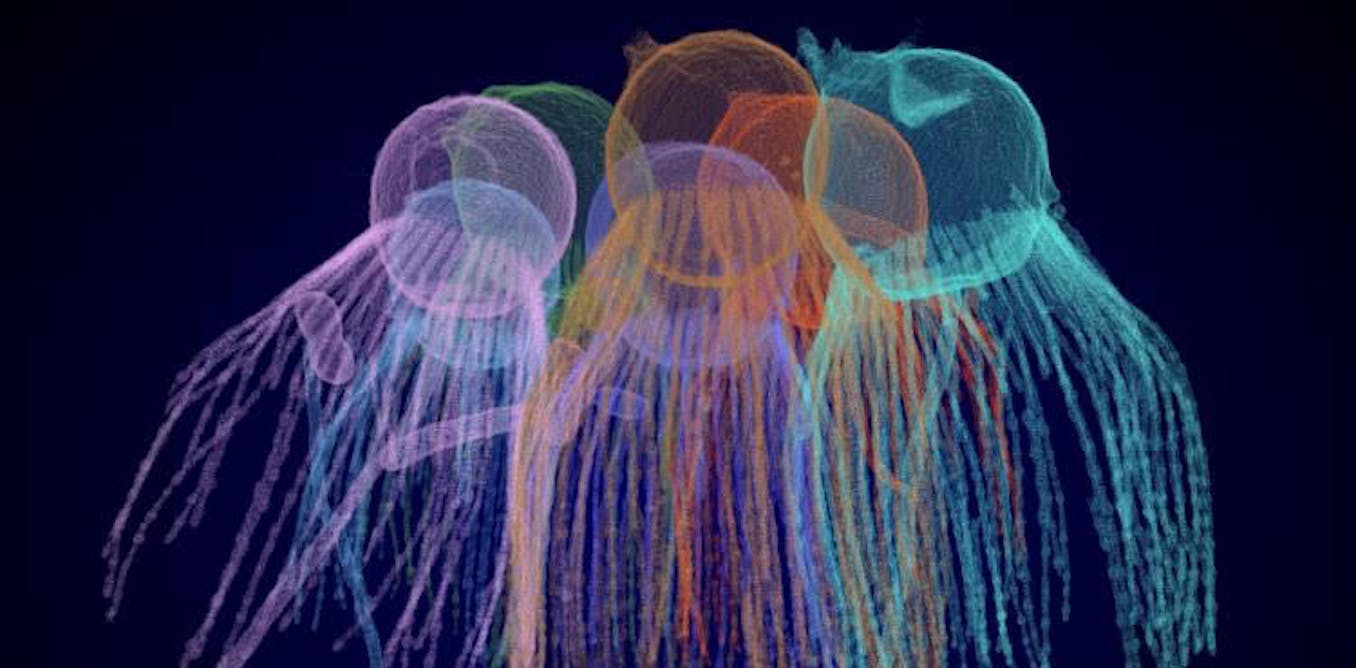










Leave a Reply